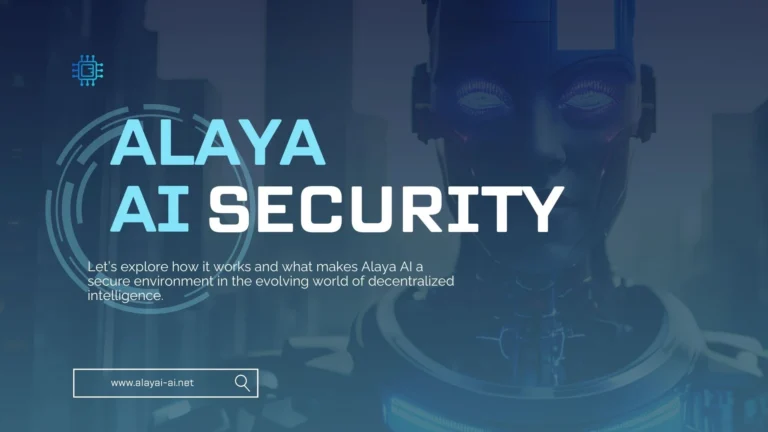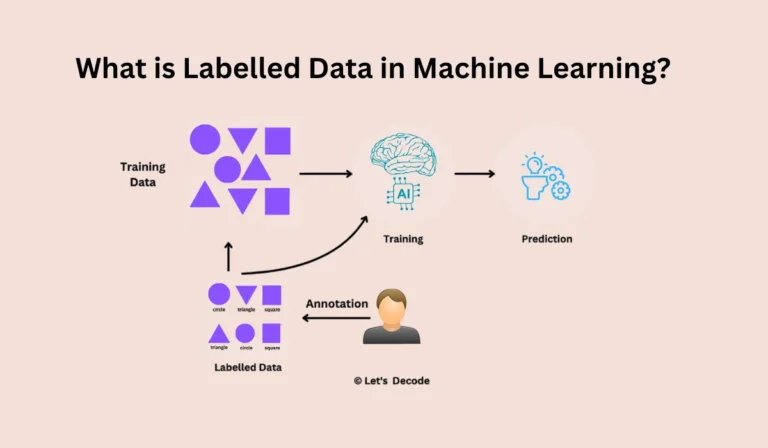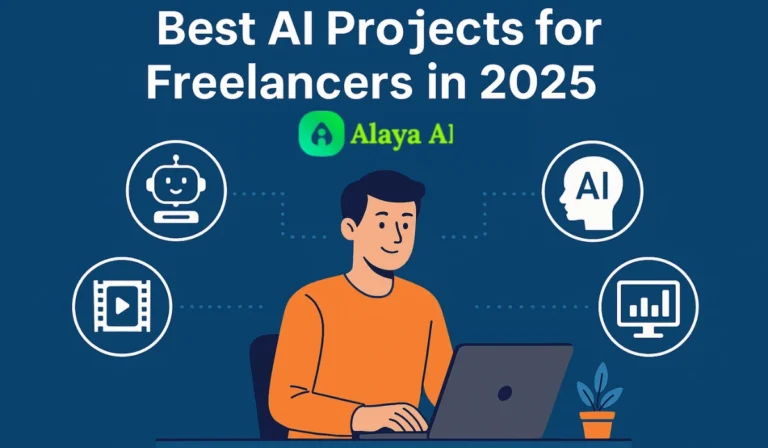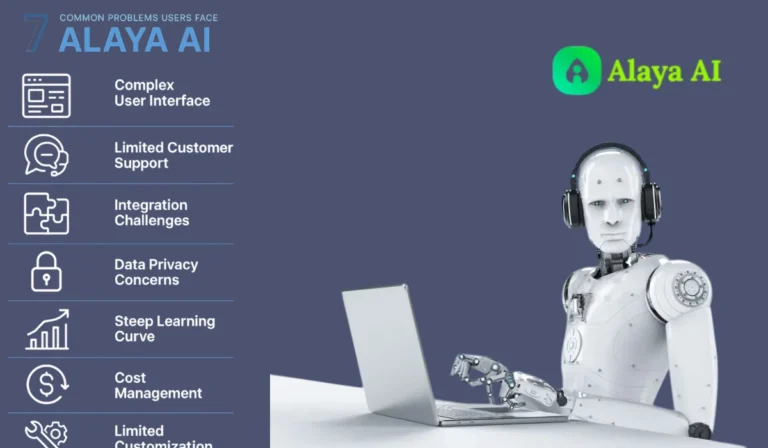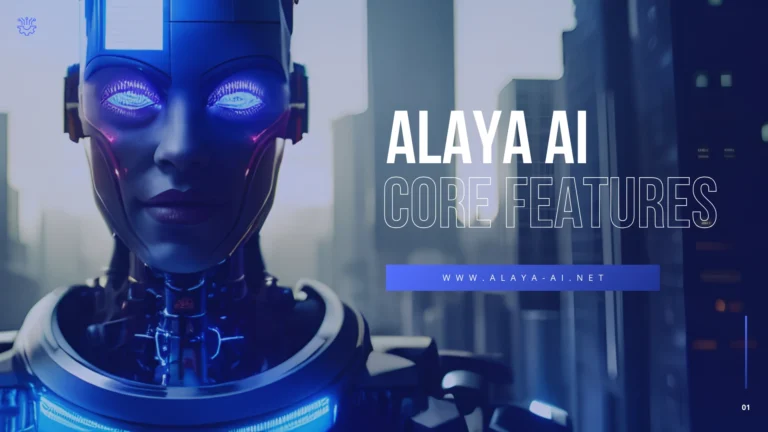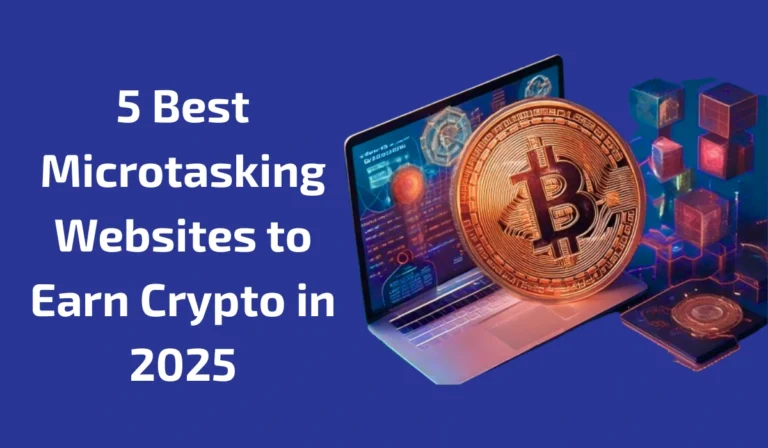What is Web3? How It’s Changing the Internet in 2025
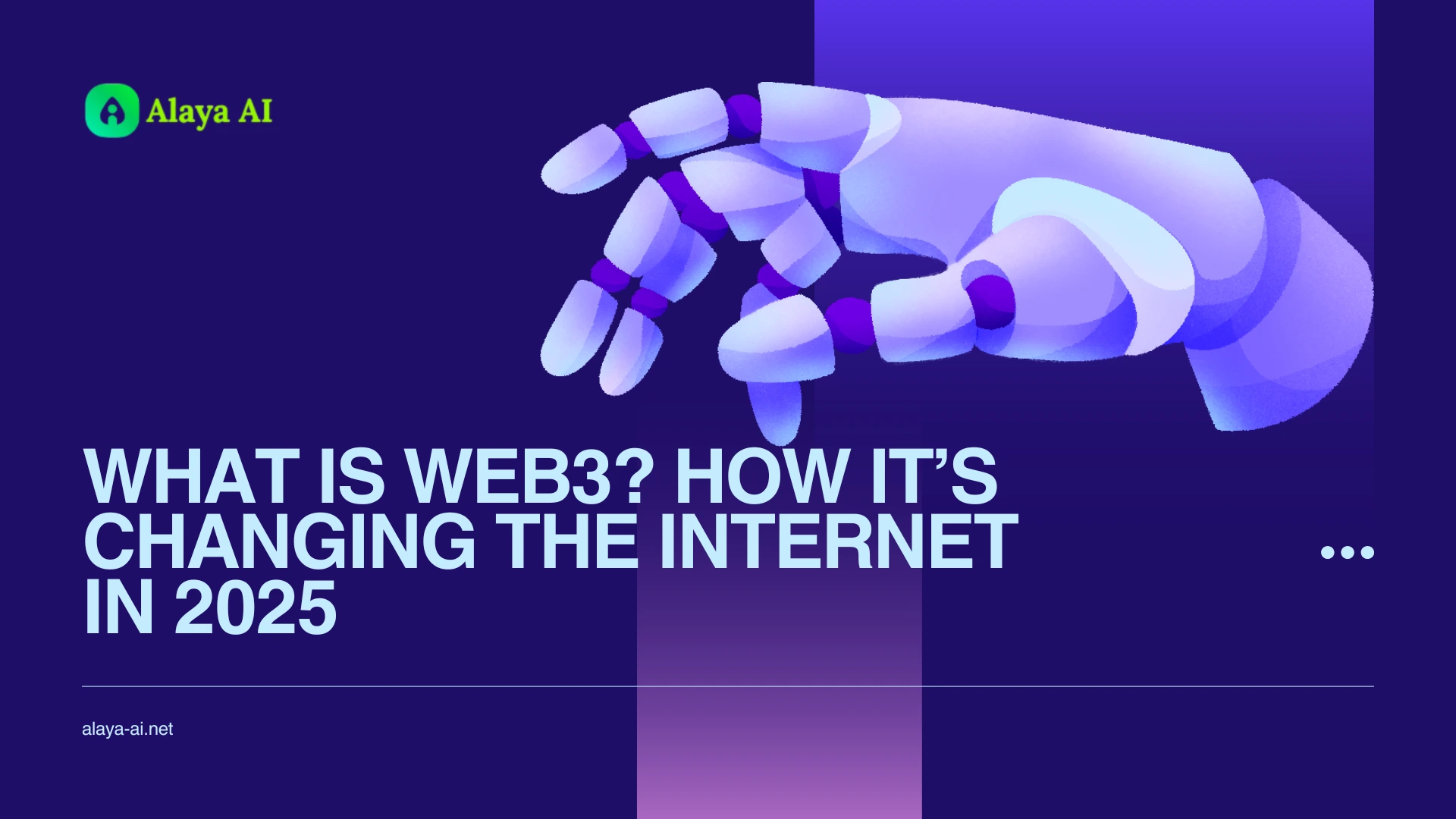
In 2025, the internet is undergoing a revolutionary transformation – and it’s called Web3. Gone are the days of centralized platforms controlling your data. Web3 is here to give the power back to users, offering privacy, ownership, and new earning opportunities. But what exactly is Web3, and how does it work? Let’s explore everything you need to know about this next-generation internet.
What is Web3?
Web3 refers to the third generation of the internet, powered by blockchain technology. Unlike Web2 (today’s internet), where big companies like Google, Meta, and Amazon own and control data, Web3 is decentralized – meaning no single authority has full control.
Instead of relying on centralized servers, Web3 applications (called dApps) run on a distributed network. Users can interact directly with each other, own their data, and participate in governance.
History: From Web1 to Web3
| Generation | Description |
|---|---|
| Web1 (1990s – early 2000s) | Static websites, read-only internet, no user interaction |
| Web2 (2005 – 2020s) | Interactive platforms (social media, apps), data controlled by big tech |
| Web3 (2020s – present) | Decentralized, user-owned, blockchain-based apps with crypto integration |
Web3 emerged as a solution to Web2’s problems, especially issues like lack of privacy, centralized control, and profit extraction by platforms.
How Does Web3 Work?
Web3 works through a mix of advanced technologies:
- Blockchain: The foundation of Web3, enabling secure and transparent data storage.
- Smart Contracts: Self-executing programs that run on blockchains (like Ethereum).
- Crypto Wallets: These store digital assets and act as your login ID for Web3.
- Tokens: Represent value, ownership, or access rights in Web3 apps.
- dApps: Decentralized applications that run without centralized servers.
New to Web3? First understand the basics in this beginner-friendly Web3 guide.
Web3 Infrastructure: Key Components
- IPFS (InterPlanetary File System): A decentralized way to store and access files.
- Oracles: Tools that bring real-world data to smart contracts.
- Layer-2 Solutions: Built on top of existing blockchains to increase speed and reduce costs (e.g., Polygon for Ethereum).
These components work together to make Web3 scalable, fast, and secure.
Web3 vs Web2 – Comparison Table
| Feature | Web2 | Web3 |
| Data Ownership | Platforms (e.g., Facebook) | Users own their data |
| Monetization | Ads, platforms earn | Users earn via tokens |
| Identity | Email/password | Wallets (e.g., MetaMask) |
| Control | Centralized servers | Decentralized networks |
| Trust | Based on companies | Based on code & blockchain |
Real-World Use Cases of Web3
- DeFi (Decentralized Finance): Lending, borrowing, and trading crypto without banks
- NFTs (Non-Fungible Tokens): Digital art, gaming items, and collectibles
- DAOs (Decentralized Autonomous Organizations): Community-run organizations without CEOs
- Digital Identity: Own and control your identity using wallets
- Web3 Gaming: Play-to-earn games where players actually own in-game items
Web3 Growth Stats (2025 Outlook)
- 420M+ global crypto users in 2025 (Statista)
- DeFi market cap projected to hit $200B+
- Over $35B traded in NFTs since 2021
- DAOs now govern billions in assets
- Over 60% of Gen Z prefers decentralized services (Coinbase report)
Web3 Security: Risks and Precautions
While Web3 promotes privacy and control, it also brings new risks:
- Phishing Scams: Fake dApps or wallet logins
- Smart Contract Bugs: If not written properly, they can be exploited
- Wallet Theft: Losing access to private keys = loss of funds
How to Stay Safe:
- Use hardware wallets for big amounts
- Only interact with verified dApps
- Keep private keys offline
- Use 2FA and secure browsers
Regulations & Legal Aspects (2025)
As Web3 adoption grows, governments are stepping in:
Some countries are embracing Web3 innovation (e.g., Singapore, UAE)
Others are creating strict rules for crypto and data privacy
Global efforts to define rules around DeFi, NFTs, and token-based governance are ongoing
Pro Tip: Always follow the regulatory updates of your country before launching or investing in Web3 projects.
Future of Web3 in 2025 and Beyond
Web3 is evolving rapidly. Here’s what to expect:
- Mass adoption of crypto wallets as digital IDs
- More real-world assets tokenized (property, stocks, even your skills!)
- AI + Web3 convergence — intelligent, self-governing systems
- Improved scalability through rollups and modular blockchains
- Mainstream brands launching dApps and Web3 communities
Challenges:
- Regulatory uncertainty
- User onboarding complexity
- Interoperability between blockchains
Conclusion
Web3 is not just a buzzword, it’s a paradigm shift. It offers a user-centric, secure, and open Internet model where people control their identity, data, and digital assets.
If you want to stay ahead in the digital economy of 2025, understanding Web3 is essential. Whether you’re a creator, developer, or investor, the future of the web is already unfolding.

